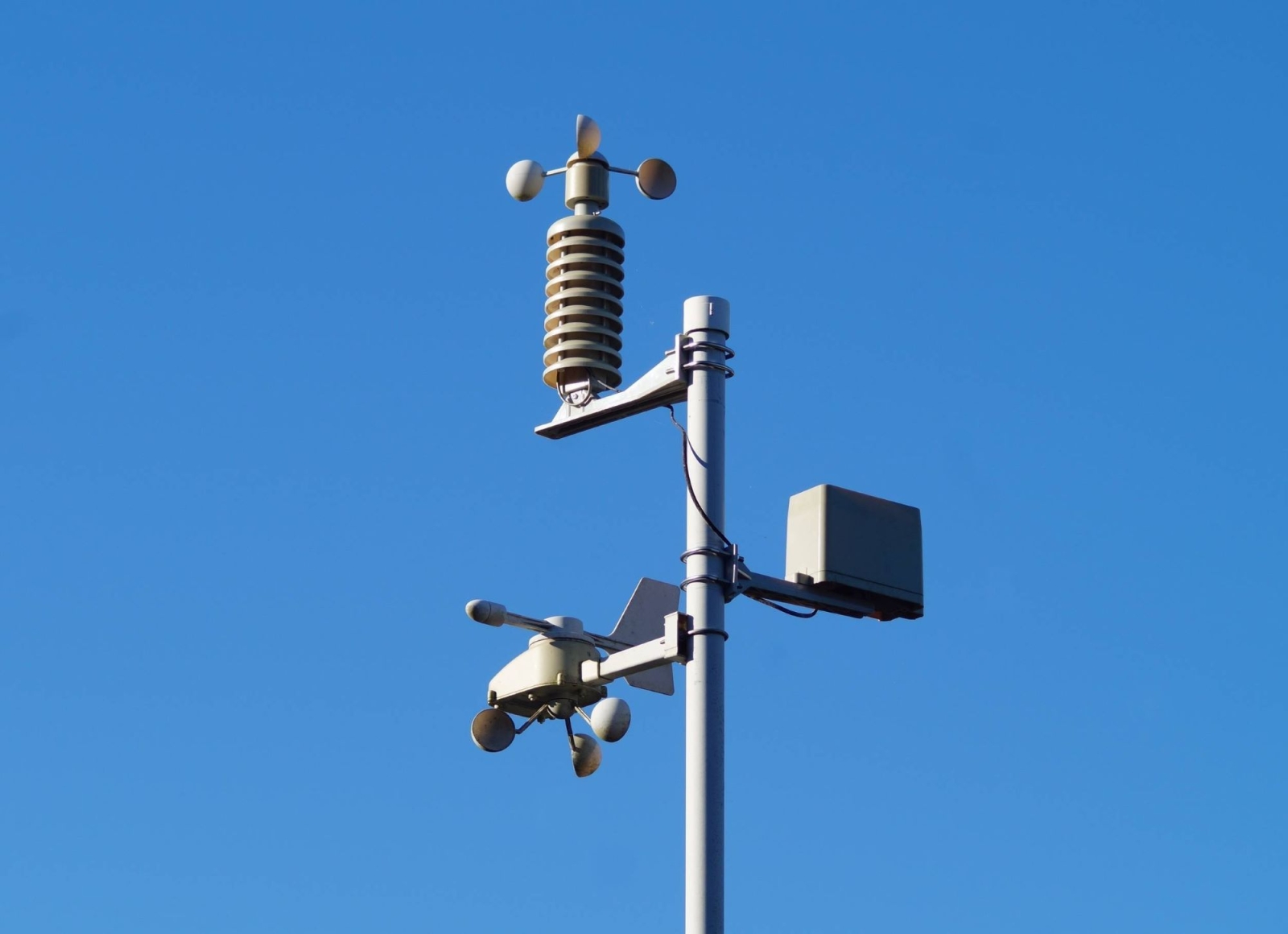Sixth mass extinction and climate crisis, unfortunately, go hand in hand, but they are not the same thing. When we speak of mass extinction, we are referring to the massive loss of biodiversity on a planetary scale. The one underway since the last century is exceptionally rapid and is referred to as the “sixth mass extinction”; whose main culprit appears to be human beings.
In order to contrast this phenomenon, it is first necessary to understand and monitor it. But how to make adequate records of biodiversity at a planetary level? A research published in Current Biology proposes a new (and unexpected) ally: air quality networks.
Environmental DNA to monitor biodiversity
To monitor biodiversity, so-called environmental DNA, or simply eDNA, can be collected. “An environmental DNA sample is any biological material you leave behind after you're gone. It’s like a little footprint left behind.”, explains to Renewable Matter Professor Elizabeth Clare, author of the study and currently professor of Biology at York University, Canada. “It can be anything from some skin cells and a bit of hair to actual pieces of DNA where the cell has burst and dumped the material into the environment.”
“Nearly every animal and plant on earth sheds eDNA. It is a kind of universal signal that is released into the environment.”, adds Professor Joanne Littlefair, direct collaborator of Clare in this study and in the previous others. For years, the two researchers have been working on the detection of eDNA, a process which is easier in water: you just take a sample and filter it. To obtain an equivalent amount of eDNA in the air, however, monitoring for a few minutes is not enough. Days are needed, because “the atmosphere in the air is a lot thicker”, Clare explains. The air sensors, therefore, being already placed in certain spots, could save biologists from standing around for days looking for eDNA.
How do air quality networks work
Air quality networks are a monitoring network that primarily serves to detect portions of air to monitor levels of pollutants that should not be exceeded to avoid harming human health. A sensor, explains to Renewable Matter physicist James Allerton who works at the National Physical Laboratory in Teddington, looks “like a small fridge with a pipe sticking out the top, with a kind of a hood on it to keep the rain out and unwanted particulate matter going in”. Inside, there are filter tubes that can be made in different ways: with quartz fibres, or with nitrocellulose, which “looks like white filter paper”, adds Allerton.
During sampling, the filter gets darker and darker, depending on the amount of pollution in that area. Now the study that Allerton collaborated on explains that inadvertently the sensors detect not only particulate matter but also environmental DNA.
The importance of interdisciplinarity
The discovery came about quite by chance, because Allerton was reading a research paper of Clare and Littlefair in which the possibility of obtaining eDNA from air was mentioned. “So when I saw this report in January 2022 – explains the physicist – this curiosity sort of sprung into my mind. If they have been collecting animal DNA out of the air, have we been collecting it as well? Have we got it on our filters?”. After careful verification, the final answer proved to be affirmative.
The good fortune, Allerton explains, is that “in our laboratory we have to follow very strict rules that require the filters to be stored even months after the first analysis, in an aseptic environment”. This is so that any checks on the correctness of the extrapolated data can be carried out. In this way, the two researchers were also able to examine previous filters and detect eDNA on them, proving the validity of their theory.
The extraordinariness of this discovery is that it occurred thanks to the curiosity of a physicist who was reading scientific literature on biology, thus outside his own field of study. Clare comments: “It only have happened because two different disciplines started talking to each other.”
Where are the air quality networks?
This discovery may completely change the approach in monitoring terrestrial biodiversity, because sensors are located all over the planet, although they are unevenly distributed. In the North of the world, in fact, there are many more than in the South. “There is an inequality in terms of distribution. There are certainly more of them, but they are not missing. And the samples will be collected whether we look at them or not”, explains Clare. “Biodiversity scientists have been arguing for decades that we needed to create a globally deployed infrastructure to measure biodiversity. We've just been handed one already in existence. No money required at all. And it's already there. It's been there since the 70s.”
On the other hand, it must be taken into account that air quality networks were not created with the intention of monitoring biodiversity, but for human health, and were optimised for this purpose. Using them for a different aim implies further research, including targeted sampling of specific endangered species, explains Littlefair.
We are at an "exciting time", says Allerton, because the ability to access data from all over the planet greatly expands the landscape of scientific research and facilitates comparisons between distant places. It should be remembered that a single sampling is of little value, but when you have a lot of them, the situation changes. Clare adds: “These samples should be thought about like pointillism art. Each sample is a dot. It's no use. But if you back up and look at it, there are a million dots. The picture is gorgeous. It's exactly the same thing with environmental DNA. One sample tells you very little. It's a single dot. It's when you have thousands of them that the picture emerges.”
This article is also available in Italian / Questo articolo è disponibile anche in italiano
Image: Envato



